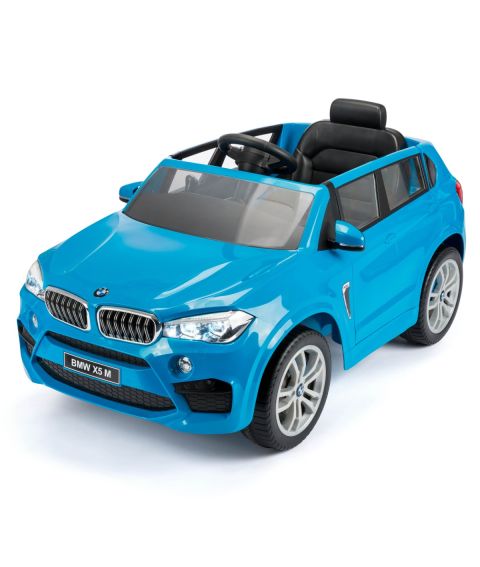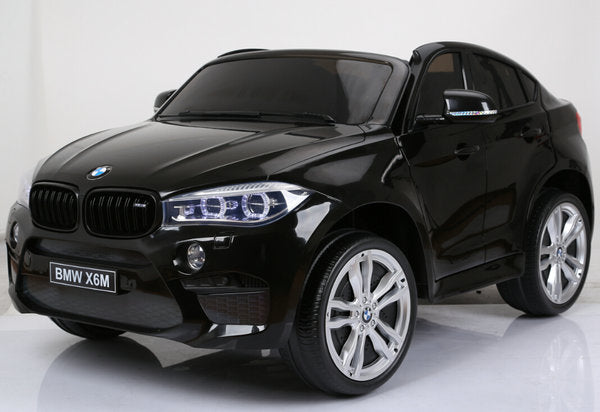Top Info On Selecting Ride On Toys
Top Info On Selecting Ride On Toys
Blog Article
What Should You Look For Ride-On Vehicles That Are Suitable For Toddlers As Young As Children?
It's important to consider the age, size and development stage of your child when choosing a ride-on car for them. This will ensure that they are safe and enjoy the experience. These factors should be considered:
Find cars specifically for toddlers aged 1-3. These cars have simple controls, a design that is sturdy, and buttons or a steering wheel. Choose ride on cars with broad bases to ensure stability.
Older Children (3+ years old) - As children grow older, they will be able to operate more sophisticated ride-on vehicles with added options and features. You should consider buying vehicles with adjustable seating, greater capacity for weight, or with interactive features like music, sound effects or working lights. Choose a ride-on car with a variable speed setting and parental controls. This will allow you to cater to different levels of skill and guarantee security.
Size
Height and Weight Height and Weight and weight into account when choosing a ride-on vehicle. Pick a car that has a seat weight and height that will comfortably fit your child. Avoid large or small cars which are uncomfortable to drive or dangerous.
Comfort and legroom - Ensure that the car has ample room and legroom for your child to sit comfortably. The dimensions of the seating area must be appropriate for the size and height of your child.
Stage of development
Motor Skills: Consider the abilities of your child in regards to coordination, motor skills, and balance when choosing a car. Littler toddlers might require simpler controls and features to navigate, while older children can manage more complicated controls and interactive features.
Independence and Confidence Ride-on vehicles can foster independence and confidence for children as they develop the ability to control and navigate their own vehicle. Select a vehicle for your child that lets them independently practice steering and braking as well as improving their motor skills.
Interest and Engagement: When selecting a ride-on for your child, you should take into consideration the interests and preferences of your child. Select a car with specific features, themes or colors that are appealing to your child. This might be a classic sports vehicle or truck.
If you consider your child's age as well as their size and development stage, you'll be able choose a safe, comfortable ride-on that your child can take pleasure in and take lessons from. Follow the top rated Mercedes ride on car for website advice including toy cars toy car, electric toy car, two seater childrens electric cars, remote control childrens car, riding digger, electric ride on cars, childrens digger, kiddies cars, car toy car toy, two seater childrens electric cars and more. . 
What Are The Top Model Cars, Both Indoors And Outdoors For Kids?
The models are designed with specific features and characteristics specifically tailored to the specific environment and the use situation, whether either outdoors or indoors. The Indoor Use Cars differ from the Outdoor Use Cars.
Size and weight-Cars intended for indoor usage will be smaller in dimensions and weigh less which makes them more able to maneuver around narrow areas. These include living rooms and playrooms. They are able to maneuver through tight spaces and narrow passageways with ease.
Low Ground clearance: Indoor cars have low clearance to allow to prevent getting stuck on carpets, rugs or thresholds. This allows for smooth and free movement on indoor surfaces.
Smooth Wheels. The wheels that are used in indoor use cars can be made out of materials such as rubber or plastic to provide traction. The wheels are designed to minimize noise and prevent scratching or scuffing surfaces.
Tempo Limit - Cars in indoor environments generally have a limit on speed to permit safe and secure driving even in tight spaces. This prevents collisions and accidents with furniture such as walls or other obstacles that are found within.
Outdoor Use Cars -
Construction that is durable - Outdoor cars are constructed with durable materials, such as metal or tough plastic, to withstand the rigors of handling and the elements of nature such as the sun, humidity and temperature fluctuations. They are less likely to suffer from tear and wear caused by exposure to outdoor environments.
Increased Ground Clearance: Outdoor-use vehicles have higher levels of ground clearance for navigating bumps and uneven terrain when driving outdoors. This lets the vehicle move over rough surfaces without damaging or getting stuck.
Traction Tires - The tires on vehicles that are used outdoors are usually fitted with treads or patterns in order to provide better grip and traction on uneven or slippery surfaces. This helps ensure stability and control on the outdoors to avoid sliding or skidding.
Weather Resistant - Outdoor use vehicles may include weather-resistant elements like sealed electronics, waterproof casings, or rust-resistant materials that protect against environmental and water damage. These vehicles can take on rain, mud or even puddles without loss of performance.
High-Speed - Vehicles made for outdoor use have greater speeds because they are designed to handle the open spaces and long distances that can be encountered in nature. This gives a more thrilling and thrilling riding experience for kids who are exploring outdoor environments.
In considering these design characteristics and other features, parents are able to pick a child's vehicle that is best suited to their specific requirements and the setting where they'll use it, whether inside or outside. They can then ensure your child is safe as well as a memorable experience. See the top read this for kids ride on cars for site advice including kiddies cars, toy cars, toy ride, a toy car, electric toy car, ride ons, toy cars toy car, childs electric ride on car, ride on toy, a toy car and more. . 
What Are The Remote Control Kids' Cars? What Are The Advantages And Disadvantages Of These Vehicles?
Remote-controlled children's vehicles, or RC cars, are available in a wide range of styles, sizes and prices that can accommodate different budgets and needs. This article will give you an overview of the different types sizes, prices and types of remote-controlled cars for children, along with their advantages and disadvantages.
Electric RC Cars – Batterie-powered remote-controlled cars that are suitable both indoors and out. The cars are available in different styles such as buggies and trucks.
Nitro RC Cars – Gas-powered remote controlled cars with more power and performance however, more maintenance and expertise is required for operation. They tend to be larger and are more expensive than electric RC vehicles.
Scale Models (Remote-controlled replicas) They are miniatures of real-life automobiles like cars, trucks or planes. Scale Models are available in a variety of scales which range from 1-10 all the way to 1-24. Larger scales provide greater detail and an authentic appearance.
Sizes -
Remotely controlled children's cars come in various dimensions. They range from tiny microsized replicas up to large-scale replicas. The size can affect the efficiency of a car in terms of speed, as well as its handling characteristics.
Smaller cars, which are lightweight and compact, are perfect to be used indoors or by younger children. Larger models provide greater power and durability, making them ideal for off-road racing in the outdoors and for outdoor driving.
Prices
Prices for remote-controlled children's vehicles depend on the factors that determine them, such as the size, features and model.
Micro-sized electric and nitro powered RRC cars are available in sizes ranging between $20 and $100.
Scale models, premium hobby RCs can cost anywhere from several hundred bucks up to a whopping $1,000, depending on the detail level and performance.
Pros and Cons
Pros -
Remote Control Cars for Children - These vehicles are fantastic for entertainment. They are able to be enjoyed by adults as well as children.
Skill Development - Operating an RC car assists children in developing hand-eye coordination, spatial awareness, and problem-solving capabilities.
Social Interaction: RC cars are a great way to play with family members and friends, encouraging collaboration and social interaction.
Customization - Many RC cars can be customized by utilizing aftermarket parts, upgrades and other accessories that can enhance the performance and look.
Cons
Costs - A premium model that has advanced features can be costly, particularly hobby-grade models.
Learning Curve - Operating an RC Car requires training and experience as well as younger children could struggle initially.
Maintenance - RC vehicles require regular maintenance, which includes cleaning, lubrication and occasional repairs or replacements of parts.
Safety Risks RC cars can pose safety risks like falls, collisions and electrical hazards when not operated under adult supervision and with proper care.
All children of ages can love remote-controlled cars. However, it is important to take into consideration aspects like price, size and safety prior to deciding on the right model. For older children, hobby-grade RC cars may be the best choice. However, simpler models can also be suitable for children who are younger. Follow the top rated McLaren kids car for blog advice including two seater electric cars, race car toy car, electric car ride, car toy car toy, toy a car, two seater childrens electric cars, car toy car toy, toy car, electric ride on cars, electric ride on cars and more. .